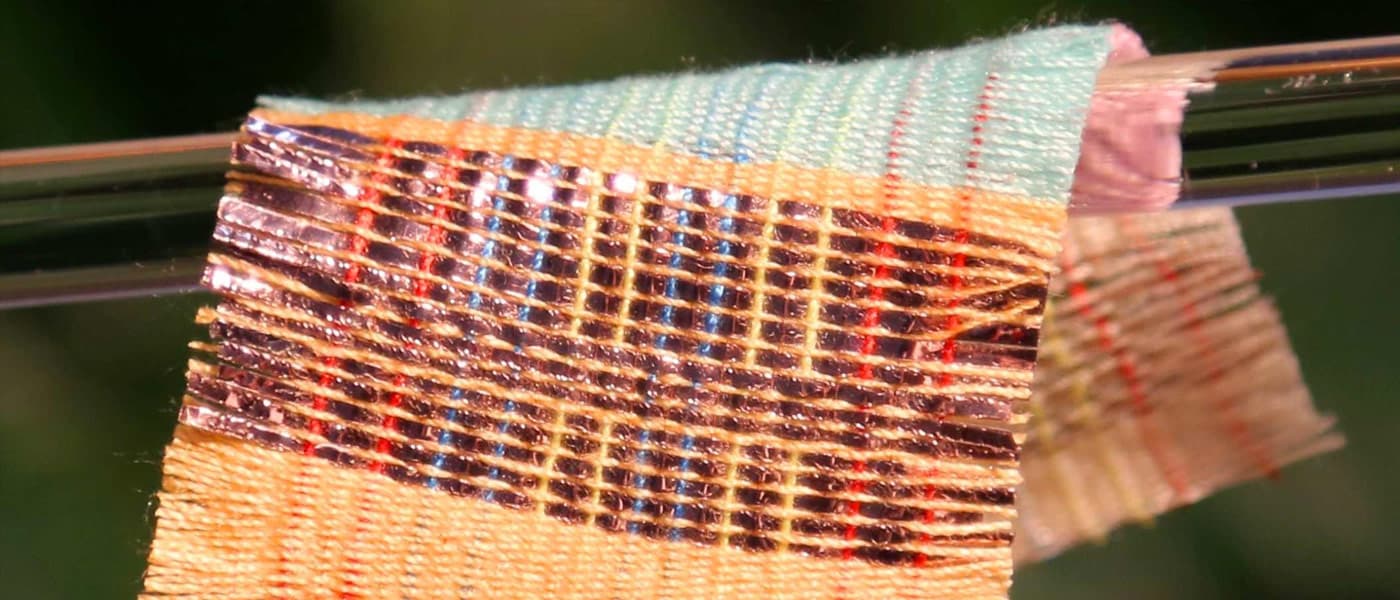Cut from... well, a cloth
A lot can be said of mobile batteries, but "long-lasting" isn't a phrase that comes to mind. Thus, the birth of power banks and power-saving options in mobile OS devices. Well, things may be about to change.
A group of US and Chinese researchers from the Georgia Institute of Technology in Atlanta have worked for the past two years to develop an electricity-producing fabric. The super-thin material generates electricity through movement and sunlight.
This smart fabric is made using "solar cells fabricated from lightweight polymer fibers into micro cables are then woven via a shuttle-flying process with fibre-based triboelectric nanogenerators," according to the article published in Nature Energy.
A cut above the rest
The applications of such a technology are limited only by what you can weave. "A single layer of such fabric is 320 μm thick and can be integrated into various cloths, curtains, tents and so on," the study claims. And it can be charged as you move wearing the cloth, or as the wind blows it around.
Lead researcher Professor Zhong Lin Wang explains: "If you're walking [and] your jacket is flicking back and forwards, you can harvest this kind of motion energy to charge your cell phone." The researches demonstrated this using a 4 cm by 5 cm piece of the cloth and it was enough to power "a 2 mF commercial capacitor up to 2 V in 1 min under ambient sunlight in the presence of mechanical excitation."
With the rise of wearable tech, this fabric already has market potential — from mobile to medical technology, and infrastructure monitoring to GPS. The researchers have received a number of inquiries from people in these industries.
In two years, the fabric may be available on the market.
Share This Article
